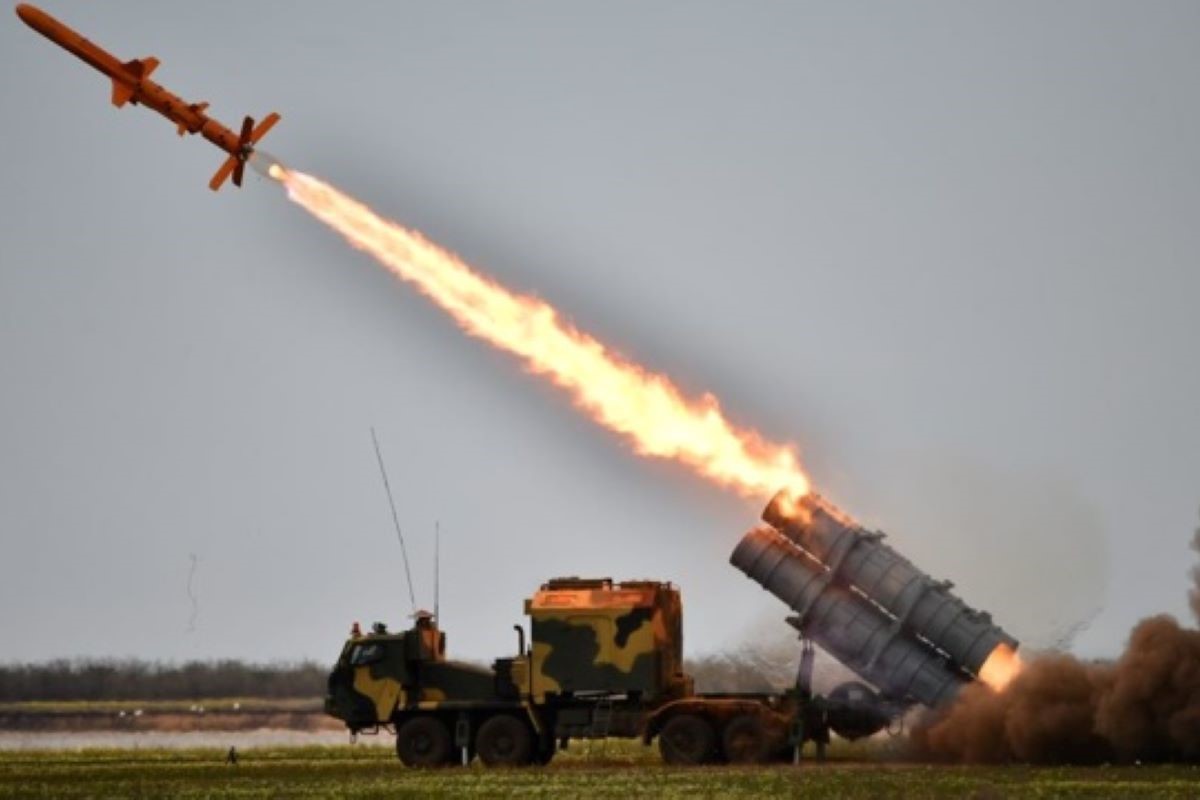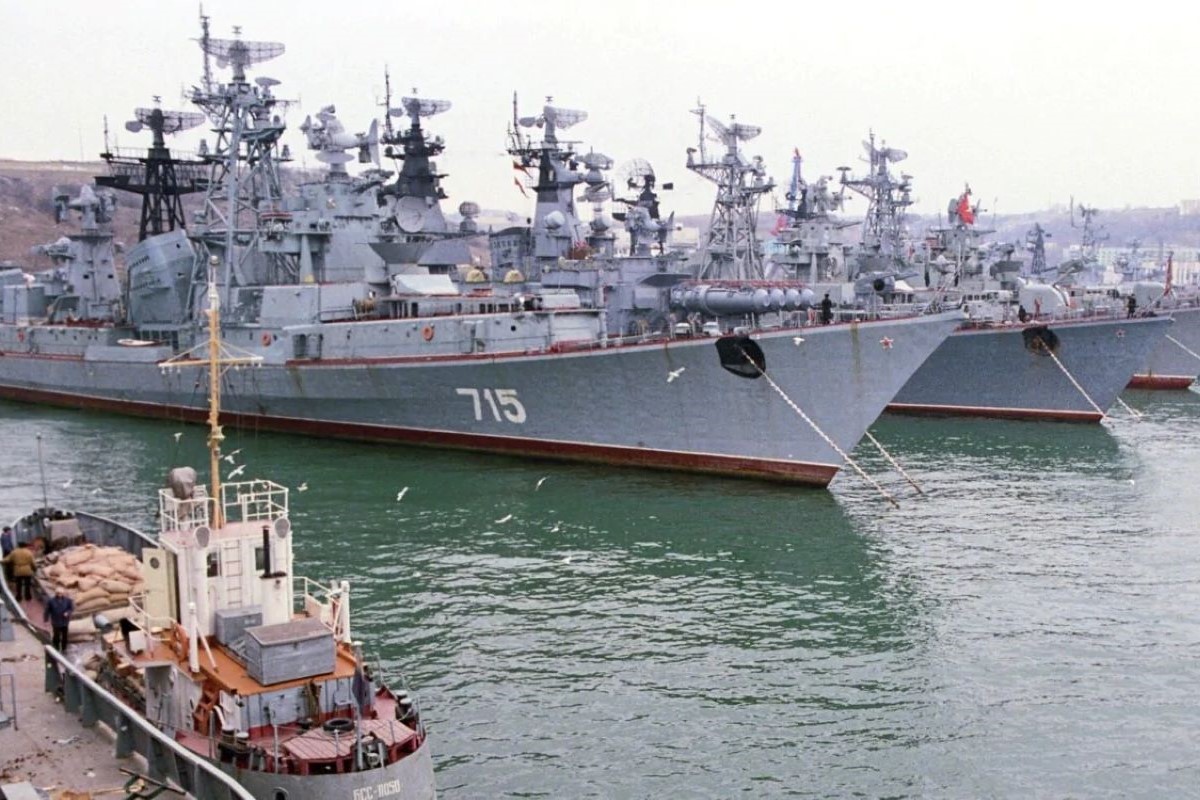The Black Sea Report (4): Summary of the 2022-2024 Developments in the Black Sea Theater of Operations

The Monitoring Group of the Black Sea Institute of Strategic Studies and BlackSeaNews continues the publication of the analytical report: Situation in the Black Sea Over the Course of Russian Aggression Against Ukraine.

Summary of the 2022-2024 Developments in the Black Sea Theater of Operations
One of the main roles in Russia's plans to seize Ukraine has been assigned to the Russian BSF of the Southern Military District. Judging by the events that have taken place, the Russians did not pay attention to or take into account the combat potential and possible actions of the Ukrainian Navy in the first phase of the so-called SVO. The BSF was supposed to become a battering ram that would break Ukrainian resistance from the south and facilitate the Russian offensive on land in Odesa, Mykolaiv, and Kherson regions.
However, already on April 3, 2022, the Russians were met by the Ukrainian coastal missile system RK-360MC Neptune, whose missile damaged their project 11356R missile frigate Admiral Essen, forcing them to roll back the blockade lines 40-60 miles away from the coast instead of the previous 15-20 miles, when enemy ships blockading Ukrainian routes could be seen from the shore with a naked eye. On 07.03.2022, a Russian ship/vessel was hit from the shore by a BM-21 Grad missile system (up to 20 km range) of the Ukrainian Navy 35th Separate Missile Brigade.
After the destruction of the missile cruiser Moscow on 14.04.2022, the sinking/disabling of other ships and vessels in the northern and northwestern part of the Black Sea, and the receipt and use by Ukraine of Harpoon and Neptune-type air defense systems, the BSFRF significantly reduced its presence off the Ukrainian coast, focusing its efforts on providing support to their troop grouping on the Mariupol direction.
The Russians continued to launch missile strikes with Kalibr cruise missiles against important civilian and military infrastructure in Ukraine, but moved the firing positions beyond the reach of Ukraine's missile weapons.
Besides missile strikes, until mid-2023, the main task of the BSFRF was to provide comprehensive support for its land forces, conduct reconnaissance, and control the so-called "Grain Corridor".
In September 2022, Ukraine for the first time tested in combat a sea drone that was supposed to hit the project 11356R frigate Admiral Makarov in the Sevastopol Bay.
Despite the fact that the attempt was unsuccessful, it was a powerful Ukrainian step towards ending Russian dominance in the Black Sea.
There is no doubt that Ukraine's use of sea drones has dramatically changed the balance of power: as it turned out, Russian ships with powerful missile and artillery weapons were unable to do anything against the fast maneuvering boats that provided real-time images to their operators and gave the Russians virtually no chance.
The year 2023 was truly a triumphant one for sea drones: they attacked Russian ships and supply vessels in bays and on raids, destroyed coastal military and critical civilian energy in-frastructure, and damaged the illegally constructed Crimean Bridge, evolving into a powerful weapon that strikes targets hundreds of kilometers away from the control station.
Minesweeper Ivan Golubets, frigate Admiral Makarov, medium-sized reconnaissance ship Ivan Khurs, medium-sized reconnaissance ship Priazovia, large amphibious assault ship Olenegorskiy Gornyak, patrol ships Serhiy Kotov, Vasyl Bykov and Pavlo Derzhavin, missile ship Samum, anti-mine ship Vladimir Kozitsky, and tugboat Professor Nikolai Muru are just some of the BSFRF ships damaged and laid-up as a result of Ukrainian sea drone strikes.
As of March 2024, the Russian Navy has been unable to develop and implement an effective sys-tem countering Ukrainian naval drones.
But not by drones only: since the end of 2022, Ukraine has been receiving anti-ship missiles and Storm Shadow/SCALP-EG cruise missiles from partners, which marked a new stage of the favorable for Ukraine developments in the Black Sea.
If Ukrainian naval drones put an end to the dominance of the Russian Black Sea Fleet there, the Storm Shadow/SCALP-EG cruise missiles began to reach Russian military facilities concealed in their base locations: command posts, ships, submarines, headquarters, communication centers, military repair bases, fuel and lubricant bases, air defense facilities and the like — all suddenly became vulnerable to Ukrainian attacks.
The tactics of using sea drones have also become more sophisticated over time: from single drone use to drone attacks involving long-range UAVs in combination with Storm Shadow/SCALP-EG and Neptune cruise missiles.
As a result of the intensification of the AFU activities in the Black Sea region, the BSFRF was forced to deploy all its newest and most valuable warships/submarines to the bases in the Krasnodar Krai, and organize a powerful defense and security system for the bases in the temporarily occupied Crimea, which has significantly limited the effectiveness of the fleet.
The main result of the BSFRF’s inability to fulfill the tasks set before it, was the slowing down of the pace of the land offensive in the southern and eastern directions, which gave the AFU time to strengthen their defense communications and prepare and accumulate reserves to counter the Russian invasion. Most importantly, though, it was an incredible "slap in the face" to Rus-sia's image as a contender for dominance in the Black Sea region.
* * *
Read the previous part of the report The main tasks of the Black Sea Fleet as of February 24, 2022 HERE.
* * *
This article has been prepared with the support of the European Union in Ukraine. The content of the article is the sole responsibility of the authors and does not necessarily reflect the position of the EU
More on the topic
- 24.06.2024 The Black Sea Report (Part 1 NEW). Losses of the Russian Navy in the Black Sea in 2022-2024. Updated database
- 14.06.2024 The Black Sea Report (5): The situation in the Black Sea as of April 2024 and ways to improve the AFU performance
- 11.06.2024 The Black Sea Report (3): The main tasks of the Black Sea Fleet as of February 24, 2022
- 10.06.2024 The Black Sea Report (2). Composition of the Warring Parties' Forces and Russian Black Sea Fleet Objectives at the Opening Stage of Aggression
- 11.05.2024 The Black Sea Report (Part 1). Situation in the Black Sea During the Russian Aggression Against Ukraine in 2022-2024.
- 26.02.2020 Closure of the Black Sea on February 25, 2020
- 25.02.2020 Closure of the Black Sea on February 23, 2020
- 18.02.2020 Closure of the Black Sea on February 17, 2020
- 02.02.2020 Closure of the Black Sea on February 1, 2020
- 03.01.2020 Closure of the Black Sea on January 2, 2020
- 01.01.2020 Closure of the Black Sea on the last day of 2019
- 10.09.2014 All Russian Black Sea Fleet assault ships return to the Black Sea by September 7 - details
